Introduction
Here, we attempt to address the visual quality assessment problem using the 2D-image-plus-depth source. With the DIBR technology, the stereoscopic images rendered and displayed on the 3D display rely on the quality of texture images, depth maps and the rendering technology. Since discomfort caused by watching stereoscopic images may go beyond annoying and lead to psychological dizziness, we cannot over-emphasize the importance of the stereoscopic image/video assessment problem.
Download
Song, Rui, Hyunsuk Ko, and C. C. Kuo. “MCL-3D: a database for stereoscopic image quality assessment using 2D-image-plus-depth source.” arXiv preprint arXiv:1405.1403 (2014). PDF
Download link (ZIP, HuggingFace): DATASET LINK
Contact the author if you have any questions.
Database Description
9 image-plus-depth sources are first selected in MCL-3D Database, as shown in Figure.2. The distortion types applied to either the texture image or the depth image before stereoscopic image rendering include: Gaussian blur, additive white noise, down-sampling blur, JPEG and JPEG-2000 (JP2K) compression and transmission error. Furthermore, we consider the artifact caused by imperfect rendering. The MCL-3D database contains 693 stereoscopic image pairs, where 1/3 of them are of resolution 1024×728 and 2/3 are of resolution 1920×1080. To be user friendly, the pair-wise comparison was adopted in the subjective test and the Mean Opinion Score (MOS) was computed accordingly. Study on user experience in this perceptual quality assessment process was conducted. Finally, we evaluate the performance of several 2D and 3D image quality metrics applied to MCL-3D.
Ballons
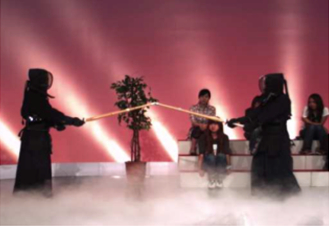


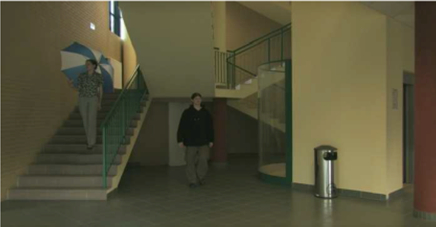
Shark

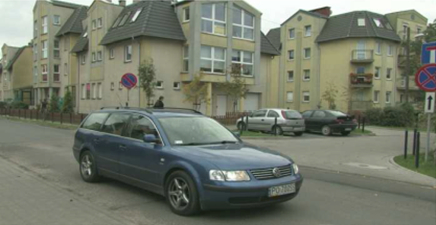
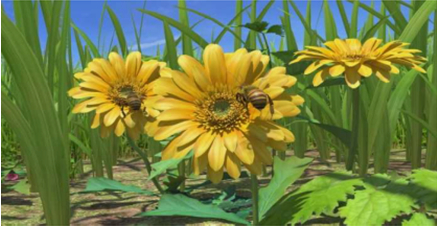
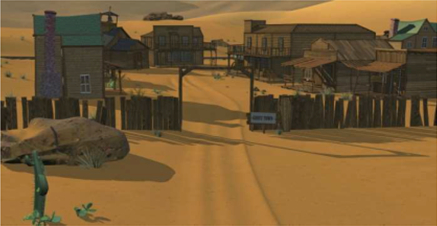
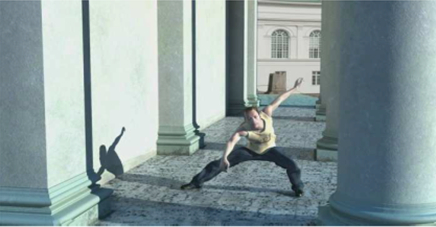
Copyright Notice
Permission is hereby granted, free of charge, to any person obtaining a copy of the database and associated documentation files (the “MCL-V DATABASE”), to deal in the database without restriction, including without limitation the rights to use, copy, modify, merge, publish, distribute, and/or sell copies of the MCL-V DATABASE, and to permit persons to whom the is furnished to do so, provided that the above copyright notice(s) and this paragraph and the following two paragraphs appear in all copies of the MCL-V DATABASE and in supporting documentation.
IN NO EVENT SHALL THE UNIVERSITY OF SOUTHERN CALIFORNIA BE LIABLE TO ANY PARTY FOR DIRECT, INDIRECT, SPECIAL, INCIDENTAL, OR CONSEQUENTIAL DAMAGES, INCLUDING LOST PROFITS, ARISING OUT OF THE USE OF THE MCL-V DATABASE, EVEN IF THE UNIVERSITY OF SOUTHERN CALIFORNIA HAS BEEN ADVISED OF THE POSSIBILITY OF SUCH DAMAGE.
THE UNIVERSITY OF SOUTHERN CALIFORNIA SPECIFICALLY DISCLAIMS ANY WARRANTIES, INCLUDING, BUT NOT LIMITED TO, THE IMPLIED WARRANTIES OF MERCHANTABILITY, FITNESS FOR A PARTICULAR PURPOSE OR NON-INFRINGEMENT. THE MCL-V DATABASE PROVIDED HEREUNDER IS ON AN “AS IS” BASIS, AND THE UNIVERSITY OF SOUTHERN CALIFORNIA HAS NO OBLIGATIONS TO PROVIDE MAINTENANCE, SUPPORT, UPDATES, ENHANCEMENTS, OR MODIFICATIONS.
